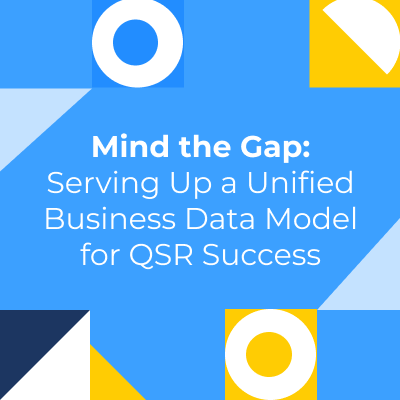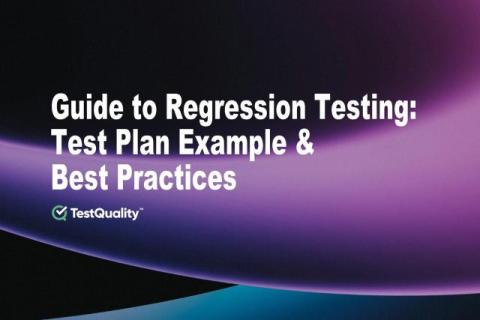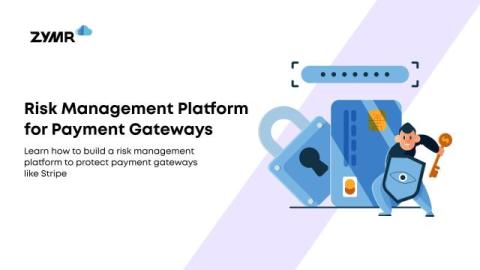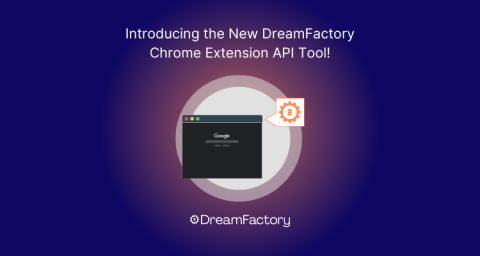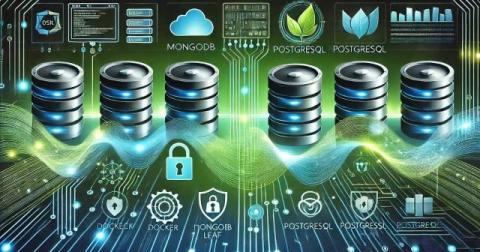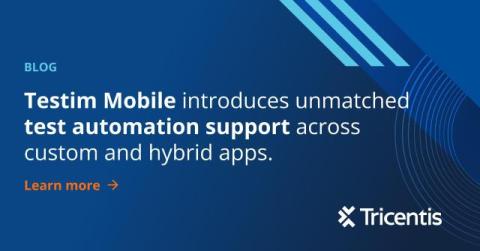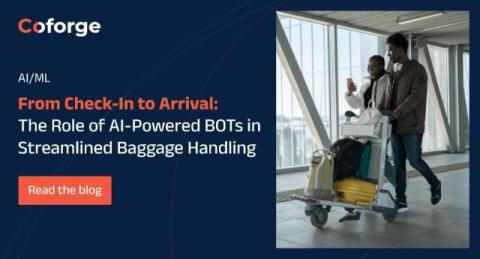Data integrity in Ably Pub/Sub
When you publish a message to Ably Pub/Sub, you can be confident that the message will be delivered to subscribing clients, wherever they are in the world. Ably is fast: we have a 99th percentile transmit latency of <50ms from any of our 635 global PoPs, that receive at least 1% of our global traffic. But being fast isn’t enough; Ably is also dependable and scalable. Ably doesn’t sacrifice data integrity for speed or scale; it’s fast and safe.



